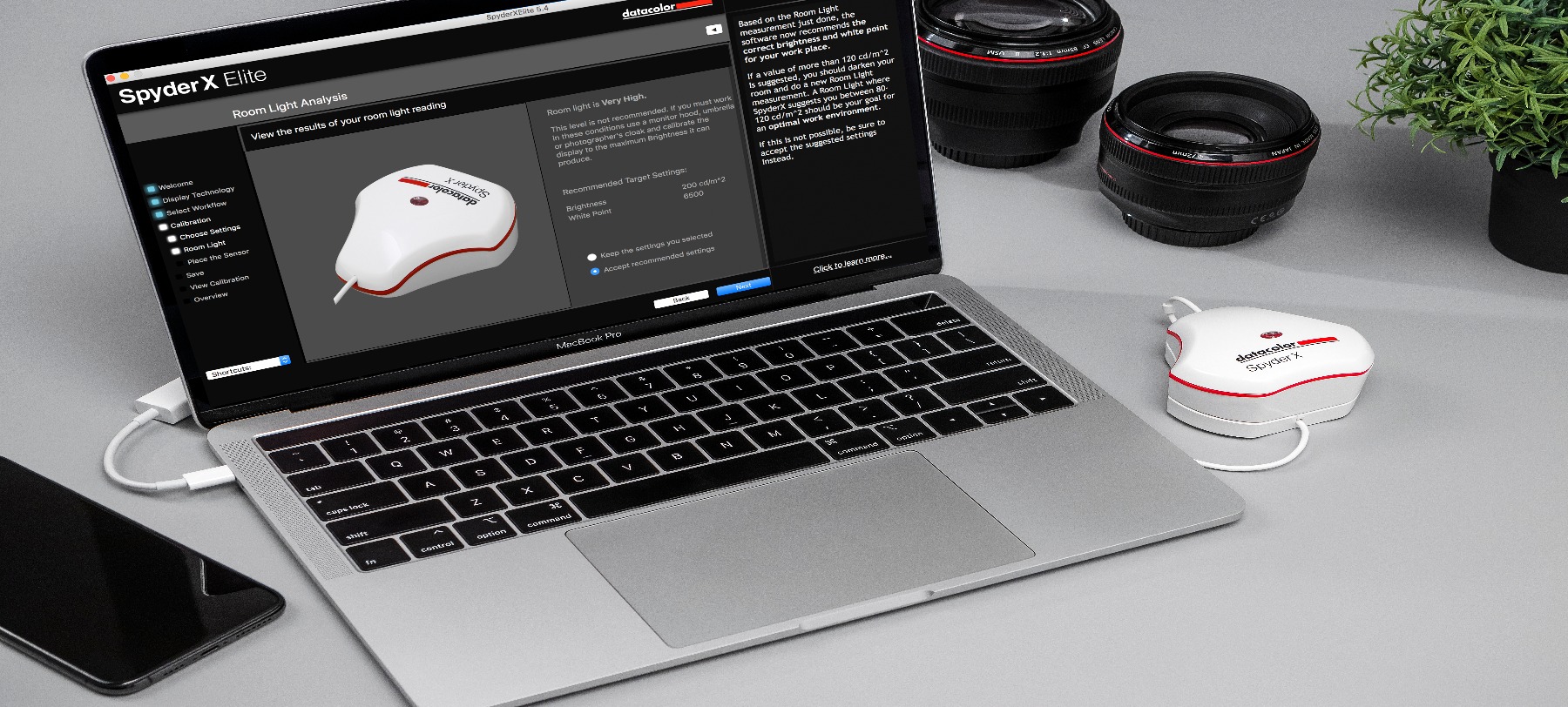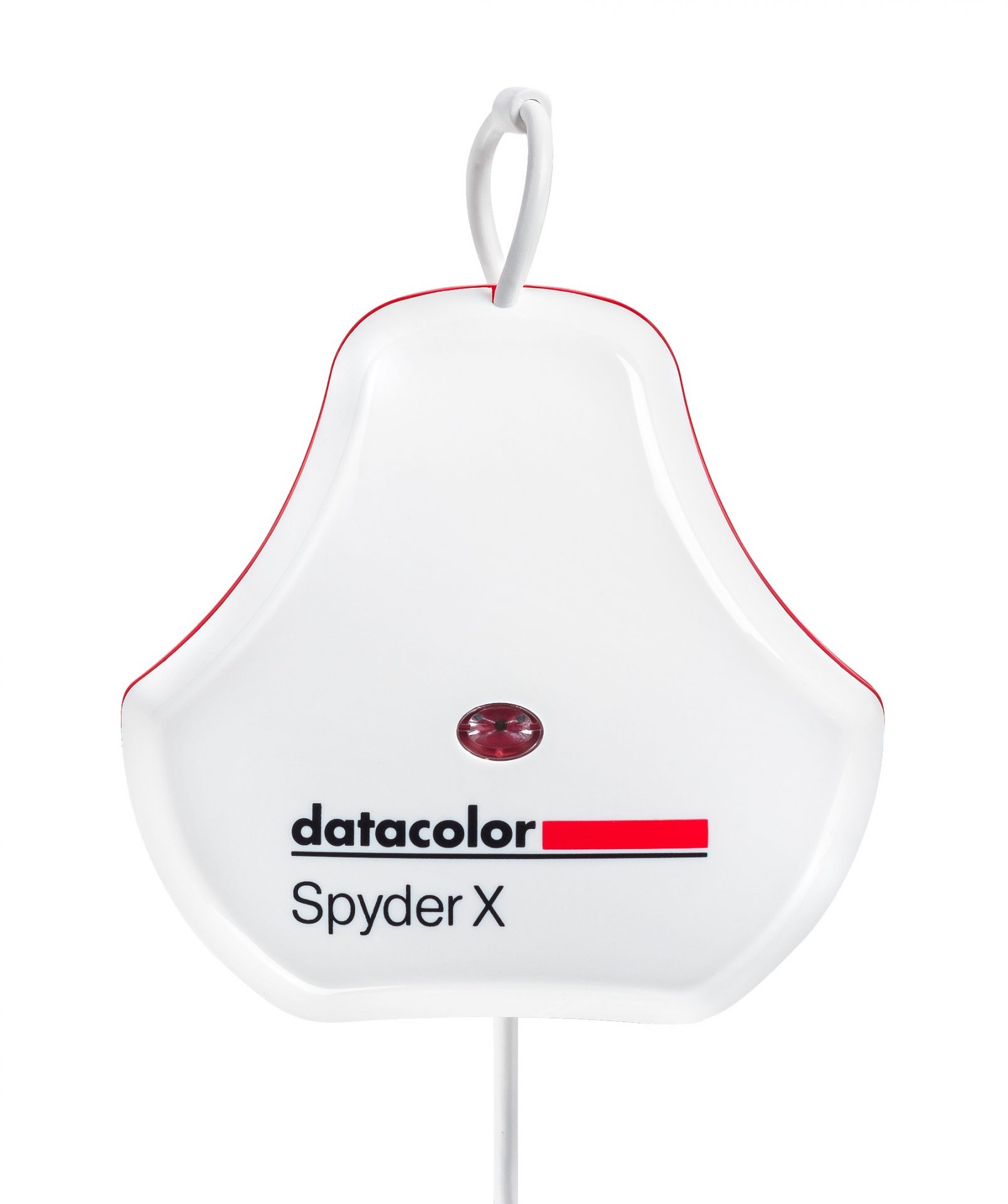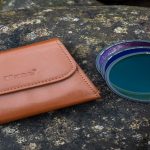
Datacolor: Calibrate yourself
Posted on Mar 8, 2021
It may have never crossed your mind to use a screen calibration tool, such as Datacolor SpyderX Elite. Here’s why it should have
SPONSORED BY DATACOLOR
What comes to mind when you think of a photograph’s key elements? Composition? Yes. Subject? Likely. Colour? Most definitely.
Having eye-catching colours in our photos – ones that are accurate to the scene – is as important as any other element. And while the colours in your images may look fine to your naked eye, that could be far from the case.
Colours, as they appear during the editing process, are relative – at least in the sense that your monitor comes with a heavy bias. To ensure photos are accurate and all of your edits aren’t fruitless, it’s absolutely essential to work from a calibrated screen. Put bluntly, you wouldn’t accept a poor composition or a sub-par subject, so you shouldn’t have to put up with inaccurate colours, either.
For many, there’s only one brand up to the task: Datacolor. The calibration expert’s SpyderX range opens with the Pro version, but it’s the more customisable SpyderX Elite that swept our Best Colour Management Solution award, as voted for by Photography News readers. It adds to an existing list of accolades, and for good reason.
The process begins with the lens-based SpyderX colour reader itself, which features high light sensitivity and advanced sensors that offer an extremely precise reading. It also boasts room light monitoring, so you can be sure your working environment is ideal for editing, or adjust accordingly.
The SpyderProof functionality allows users to compare a photo before and after the changes
In terms of the software Datacolor offers, it couldn’t be simpler to perform a quick calibration or create a custom colour profile. It calibrates with one click and offers step-by-step guidance through its other features, making it incredibly easy to use. Following calibration, the results are clear enough, but to really appreciate the nuances in colour, the SpyderProof functionality allows users to compare a photo before and after the changes.

More than just making useful alterations, truly precise editing work requires an understanding of your monitor’s peak performance. Using the Display Analysis feature, you can examine colour, brightness, contrast, gamut, tone response and white point, with the SpyderX Elite package adding screen brightness, colour uniformity and display colour accuracy to that list.
Looking at the broader picture, screen calibration becomes more and more important. In a purely digital context, the only cost of an uncalibrated monitor is that images look unpleasant when viewed by other people, but when it comes to printing, there’s more at stake.
Those who have experienced the joys of physical media can attest to the benefits of photo printing, but without screen calibration, it’s highly likely that prints turn out nothing like they seemed in the edit. If you’re printing at home, this means costly test prints, but the impact is worse when you’re sending photos to be printed professionally, and the results are going to be even more disappointing.
Exclusive to the SpyderX Elite, the SoftProof functionality displays how images would appear on other devices. For prints, you can even input a specific printer, paper and ink to preview the exact combination. That’s truly complete creative control.
The SpyderX Elite is cost effective at £245, particularly considering how much time and resources are wasted on tests. That being said, you can’t put a price on the quality of your work.
Find out more on Datacolor’s website.
Don’t forget to sign up to receive our newsletter below, and get notified about the new issue, exclusive offers and competitions.
Have you heard The Photography News Podcast? Tune in for news, techniques, advice and much more! Click here to listen for free.




